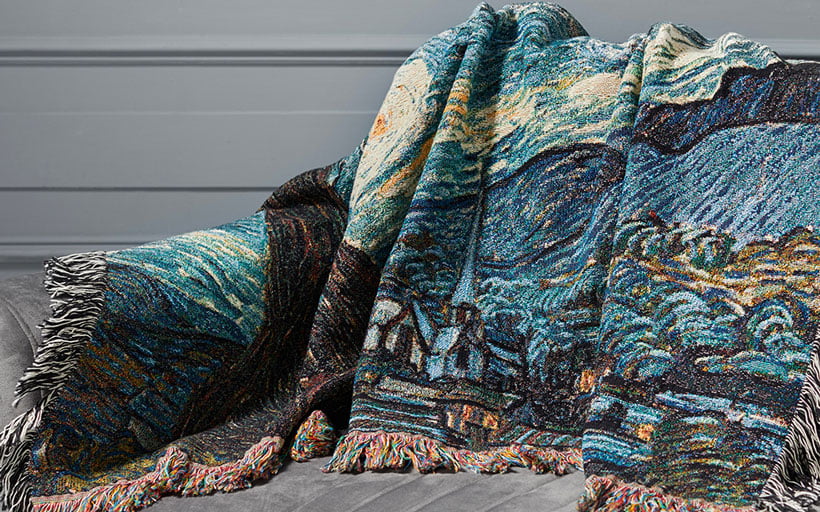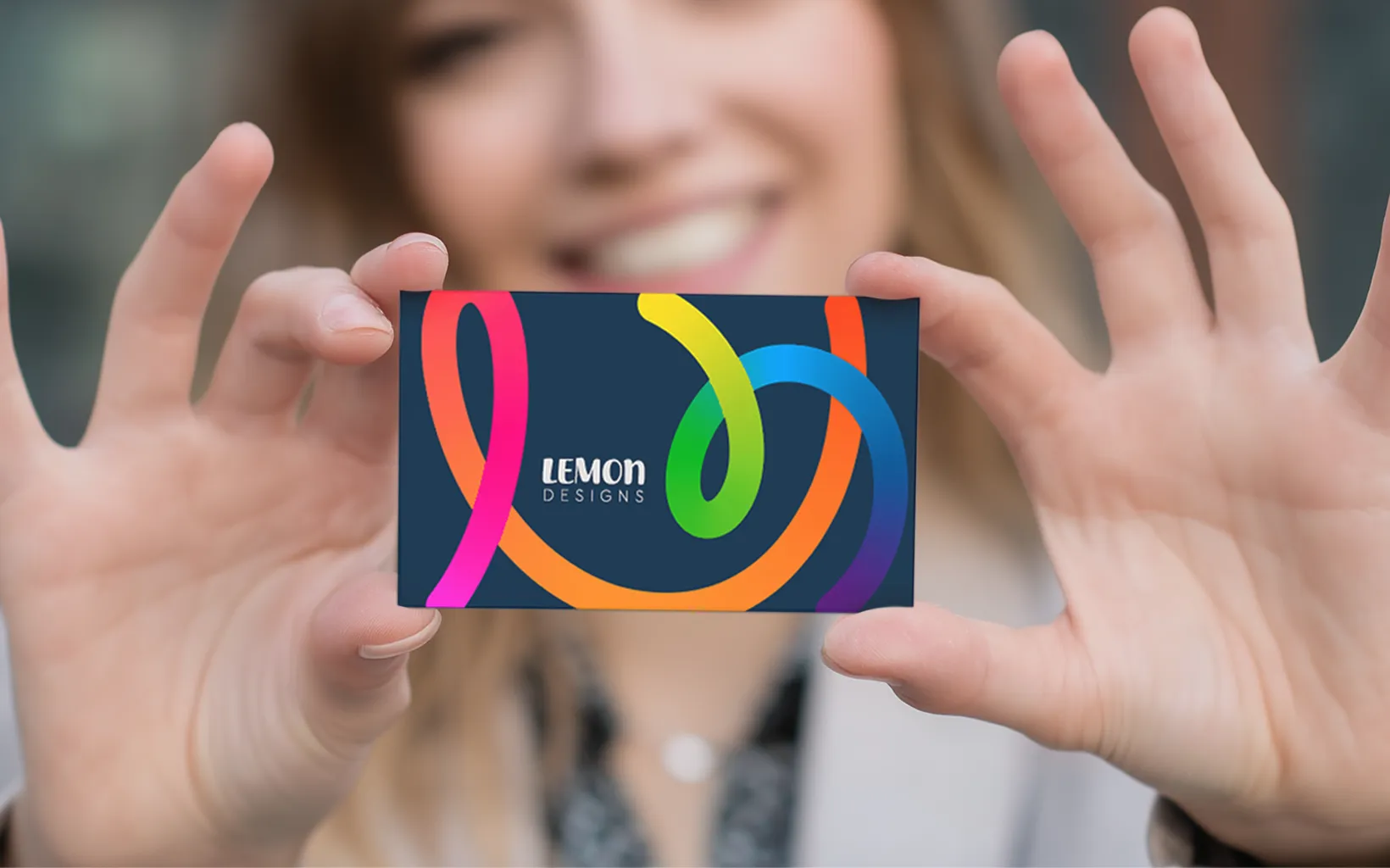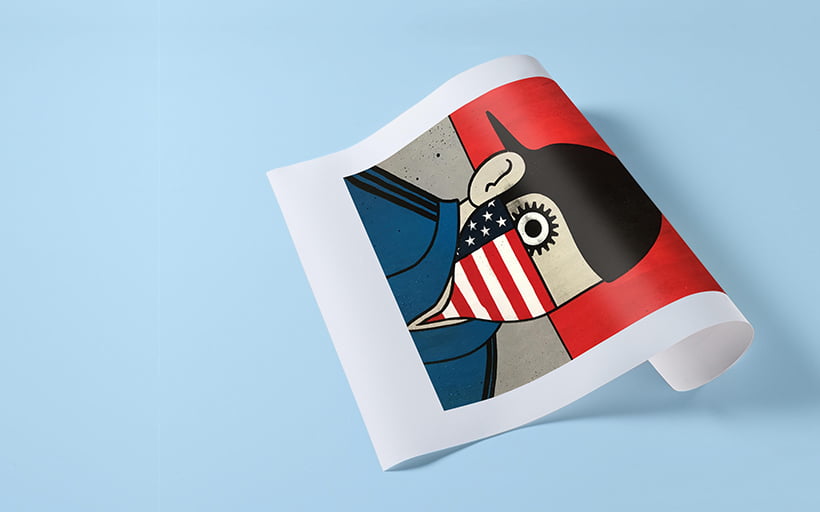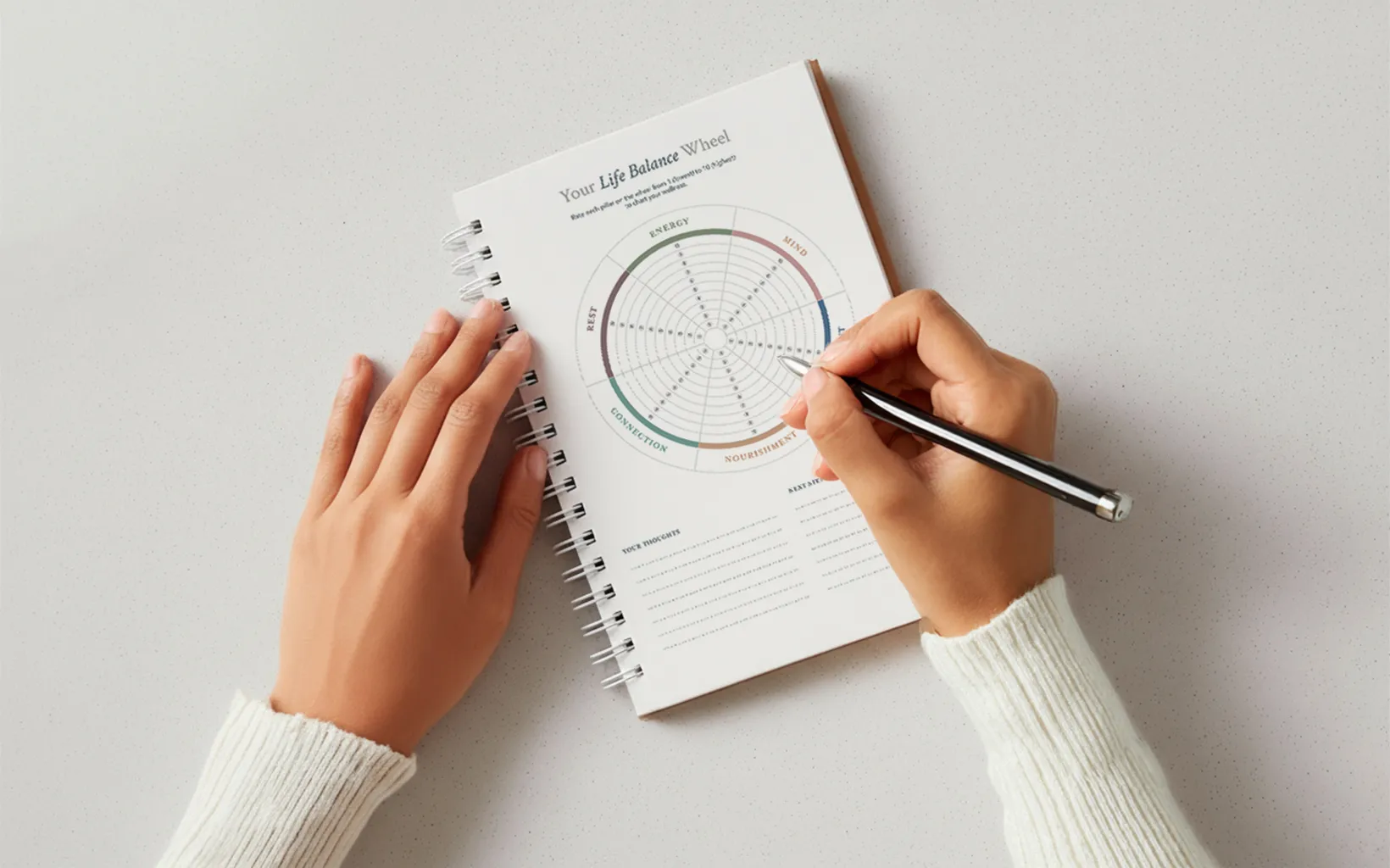Jacquard woven blankets: How to achieve the perfect finish

Interested in joining the world's leading print on demand platform?
Did you know that Jacquard woven blankets are one of our most popular print on demand products? Surprising, right? Even more surprising is the fact that they’re actually not printed at all.
Produced on a machine called a Jacquard loom, they’re made by weaving together a combination of monochrome and solid-coloured cotton yarns. Rather than printing onto the fabric or dyeing it, the loom itself is specially programmed to lift and incorporate the yarn into the weave — one strand at a time — until the desired pattern is achieved.
Here at Prodigi, we can recreate everything from photographs to graphic designs on our custom woven blankets, but there’s an art to replicating your image and getting it just right. So, if you’re looking to design and sell your own custom blankets, make sure you read this guide on how to get the perfect finish, every time.
What is Jacquard fabric?
To understand what Jacquard woven fabric is, we first need to understand what’s meant by “woven fabric”. Woven fabric is created by passing horizontal weft threads over and under vertical warp threads to form a network of interlaced yarns, like so…

Demonstrated below, “Jacquard” is a weaving technique used to create bespoke patterns and images within the fabric by controlling which threads appear on top at certain points in the weave.

Make sense? Good stuff. Now that you’ve got your head around Jacquard fabric, let’s move on to how to replicate your design on our Jacquard woven blankets.
Considerations for graphic designs
As explained in the intro, our Jacquard woven blankets are created by weaving together a combination of monochrome and solid-coloured yarns, meaning some allowances should be made for palette and resolution.
Photographic images usually replicate well, but graphic designs need a bit more prep. For this reason, we recommend ordering a sample of our custom woven blankets wherever possible.
Technical note: When preparing artwork, choose the SKU that best suits your design:
H-BLANKET-WOVEN-ARTfor illustrations and artworkH-BLANKET-WOVEN-PHOTOfor photography
And while we don’t require a specialised print file, there are some factors to consider when it comes to how accurately your image will be reproduced as a woven image.
Colours
Our custom blankets are produced by weaving together six individual coloured yarns to create 195 different colours. By combining red, blue, green, gold, white and black yarns at different amounts, we get the colour palette you see below, which excludes vibrant, hot, neon or extremely yellow colours.

The following examples illustrate some of the challenges posed by this limited colour palette when creating your Jacquard woven blanket. The background’s orange-red colour — being absent from our weave colour palette — has automatically been replaced with the nearest colour match. As a result, the finished custom blanket has a background perceived as more of a yellow-orange colour. In the detail, you can see that although it’s a combination of gold and red thread, it still doesn’t quite match the vibrancy of the original graphic.

In the test graphic below, the colourful geometric pattern contains a number of hot and vibrant colours. The woven version shows how the nearest available colour can often result in large blocks of a single woven colour where multiple like colours exist in the original graphic. The yellows, light oranges and even light greens in the top left section have all become the same golden colour, together with the dark blues, purples and dark reds in the top right and bottom left sections.

The vertical warp threads for this custom woven blanket are black and white, and the blocks of colour are made by weaving the colourful weft threads over and under. Warp threads can alter the value of the weft threads. For example, black warp threads darken the colour palette and add contrast to the lighter weft yarns, and white warp threads lighten the colour palette and contrast with the darker weft yarns — but you’re still limited to those 195 colours.


So, why do some colours that we perceive as similar in our reference image end up looking so different in the weave? The answer: hues and values.
Hues are colours that can be distinguished from one another — like blue and red. The purple-hued threads are coloured with blue and red dyes. In the example above, the E6 purple is more red/pink than the I13 purple, which has more blue. Since we’re limited to the colour palette above, the Jacquard woven blanket will inherit the nearest colour match to accomplish the image submitted. As you can see from the finished custom blanket, some purples appear blue, while others look more pink.
Value is the lightness or darkness of a hue, achieved through the black and white warp threads. For example, D13 is a light shade of pink, so more white warp threads are used to achieve the contrast with the other pink values that appear in the image (similarly with F6). Once again, the custom woven blanket inherits the best colour match from the available palette, so rather than light pink, this might appear as white.
Gradients
Graduated areas will be reproduced as closely as the colour palette allows, but we recommend avoiding graphics that rely on large, gently transitioning colour fields when creating your Jacquard woven blanket.

Resolution
Woven stitches don’t translate directly to pixels (the approximate equivalent is 12dpi), so some very fine details may be lost.

Replicating the woven effect
If you have Adobe Photoshop, you can follow the steps below to create an approximate preview of how your artwork will be reproduced on your custom woven blanket:
- Reduce the saturation of the reds and greens. Select Image > Adjustments > Colour Balance. Drag the first slider away from ‘red’ towards ‘cyan’, and drag the second slider away from ‘green’ towards ‘magenta’. Click OK.
- Reduce the resolution to 12dpi. Select Image > Image Size. Clear the Resample check box. Type '12' into the Resolution text field, and type the original dimension into the Width text field. Click OK.
- Add a textured weave transparent overlay. Add this image of a woven texture as a new layer on Photoshop. You’ll need to play with the opacity of the layer and the blending mode until your mockup looks like a blanket and you can see the design underneath.
Just FYI, this process is designed to create an approximate preview of how your artwork will be reproduced and is for mockup purposes only. Please don’t send us this image to print!
To sum up…
While working with woven products can be challenging, the rewards are well worth the effort. Our heirloom-quality Jacquard woven blankets — made from 100% cotton — can be enjoyed and passed down for generations.
To accomplish the best results with your custom woven blankets, just remember these three simple tips:
- Bold colour changes. Stay away from bright colours, and stick with high-contrasting bold colour changes to get a finished product that better reflects the original artwork. You can check whether the primary colours of your artwork are found in our colour chart.
- Busy is better. Large colour fields are generally difficult with woven products. Artwork with busy backgrounds where attention to detail isn’t necessary reproduce very well.
- Enjoy them at a distance. Our custom woven blankets are designed to be large and can be used as blankets or wall hangings. The images displayed on them are designed to be viewed from a distance of several feet or more. Fine details may not reproduce well, but at a distance, they will likely not be noticed. Keep text large and bold if possible to keep it readable.
We can’t wait to see the custom blankets you create, and we know your customers will love them too!
Luxuriously soft, beautifully textured and ultra cosy, design and sell your own Jacquard woven blankets in your store today.



